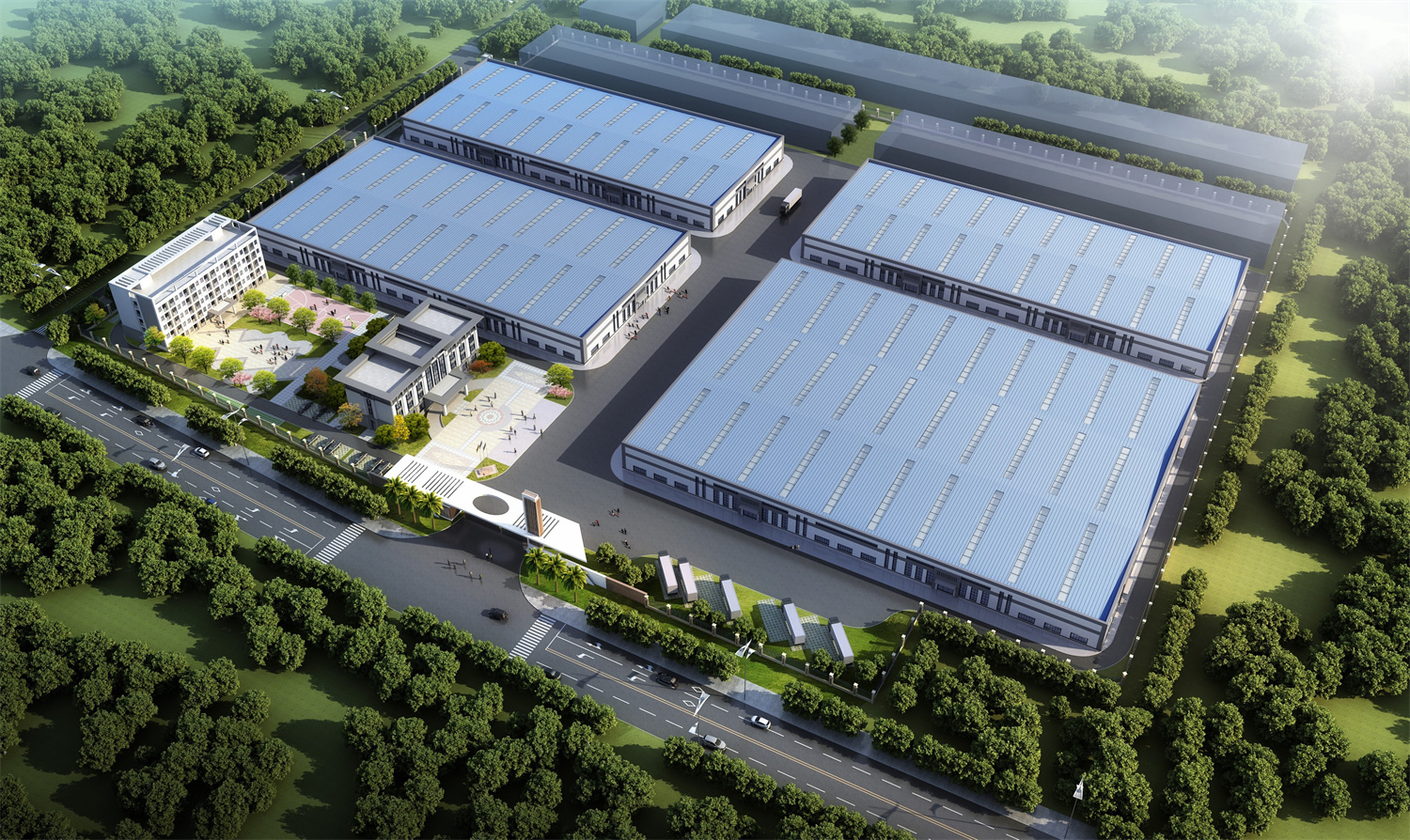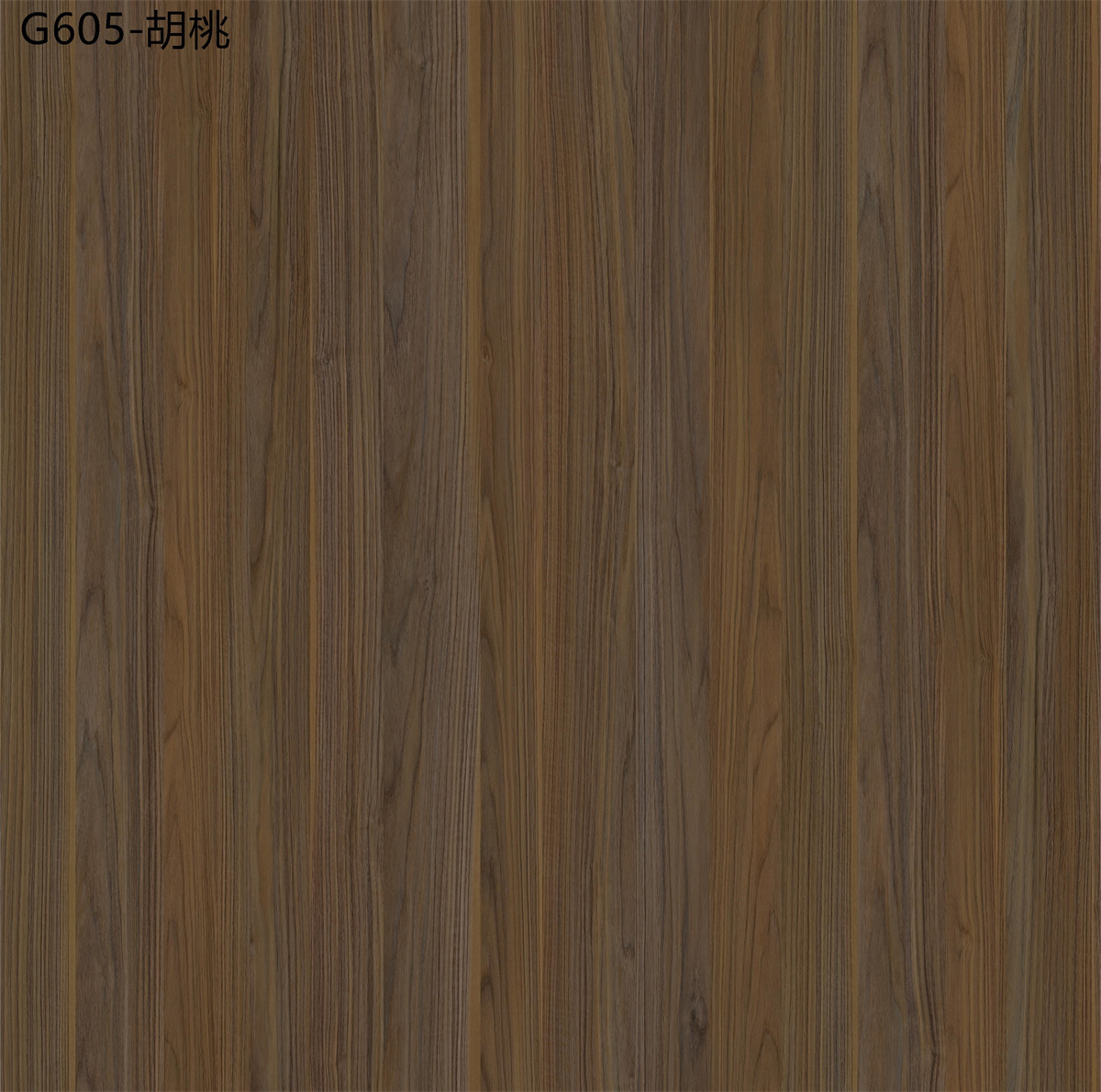Hickory Shellbark Veneer: A Sustainable Choice for Modern Interiors
Aug 08,2025

Hickory Shellbark Veneer: A Sustainable Choice for Modern Interiors
Table of Contents
- Understanding Hickory Shellbark Veneer
- The Sustainability Aspect of Hickory Shellbark
- Unique Characteristics of Hickory Shellbark Veneer
- Applications of Hickory Shellbark Veneer in Interior Design
- Comparing Hickory Shellbark Veneer to Other Veneers
- Caring for Hickory Shellbark Veneer
- Choosing the Right Hickory Shellbark Veneer for Your Project
- Frequently Asked Questions
- Conclusion
Understanding Hickory Shellbark Veneer
Hickory Shellbark Veneer is derived from the **Hickory tree**, specifically the **Carya laciniosa**, known for its distinctive appearance and remarkable properties. This veneer is a thin layer of wood that is sliced from the log and used for various applications in interior design. Hickory is recognized for its strength, durability, and unique grain patterns, making it a sought-after choice among architects and designers.
Hickory Shellbark Veneer stands out due to its **rich color variations**, ranging from creamy white to deep brown, providing a warm and inviting look. The natural patterns and textures inherent in Hickory create a visual appeal that can enhance any space—be it a modern home, a rustic cabin, or an elegant office.
The Sustainability Aspect of Hickory Shellbark
In today’s world, sustainability is more than just a trend; it’s a necessity. Hickory Shellbark Veneer is an environmentally friendly option for homeowners and builders looking to minimize their carbon footprint. Hickory trees are native to North America, and their sustainable harvesting practices ensure that forest ecosystems remain intact.
Using Hickory Shellbark Veneer supports sustainable forestry initiatives. When sourced responsibly, the veneer is produced in a way that utilizes the entire log, minimizing waste. This responsible approach not only preserves the environment but also supports local economies that depend on forestry.
Moreover, Hickory trees grow quickly, making them a renewable resource. Selecting Hickory Shellbark Veneer for your interior projects promotes ecological balance, making it a wise choice for environmentally conscious consumers.
Unique Characteristics of Hickory Shellbark Veneer
Hickory Shellbark Veneer boasts several unique characteristics that set it apart from other types of wood veneers. Here are some of the standout features:
1. **Durability and Strength**
Hickory is one of the hardest domestic hardwoods, making it incredibly durable. This durability translates to long-lasting applications, from cabinetry to flooring.
2. **Aesthetic Appeal**
The natural grain patterns and color variations in Hickory Shellbark create a visually captivating surface, adding depth and personality to any interior.
3. **Resistance to Impact and Wear**
With its robust nature, Hickory Shellbark Veneer is resistant to impact and wear, making it an excellent choice for high-traffic areas.
4. **Versatility**
This veneer can be used in various applications, from furniture to wall panels, making it a versatile choice for any design project.
Applications of Hickory Shellbark Veneer in Interior Design
Hickory Shellbark Veneer can be utilized in a multitude of ways within interior spaces. Here’s a closer look at some popular applications:
1. **Cabinetry**
Using Hickory Shellbark Veneer for kitchen and bathroom cabinetry not only enhances the aesthetic but also provides a durable surface that can withstand daily use.
2. **Wall Panels**
Incorporating Hickory Veneer into wall panels can create a stunning feature wall, offering a warm and inviting atmosphere to living spaces.
3. **Furniture**
From tables to chairs, Hickory Shellbark can be crafted into furniture pieces that combine beauty with functionality.
4. **Flooring**
When used as flooring, Hickory Shellbark offers a unique style and exceptional durability, ideal for both residential and commercial settings.
Comparing Hickory Shellbark Veneer to Other Veneers
When considering veneer options, it’s essential to compare Hickory Shellbark with other popular choices like Oak, Maple, and Cherry. Here’s how Hickory stands out:
1. **Grain Pattern**
Hickory Shellbark has a more pronounced grain pattern than Oak, giving it a rustic charm that many homeowners appreciate.
2. **Hardness**
While Oak is a durable wood, Hickory is significantly harder, making it less prone to dents and scratches.
3. **Color Variations**
Hickory offers a broader range of color variations compared to Maple and Cherry, providing designers with more flexibility in achieving their desired aesthetic.
4. **Sustainability**
Both Hickory and Maple can be sourced sustainably, but Hickory’s rapid growth rate gives it an edge in renewability.
Caring for Hickory Shellbark Veneer
To ensure the longevity and beauty of Hickory Shellbark Veneer, proper care and maintenance are essential. Here are some tips:
1. **Regular Cleaning**
Dust the surface regularly with a soft cloth to prevent dirt accumulation. Avoid harsh chemicals that can damage the finish.
2. **Protect from Moisture**
Wipe up spills immediately and avoid exposing the veneer to excessive moisture, as this can cause warping.
3. **Use a Suitable Finish**
Applying a high-quality finish can enhance the beauty and protect the veneer from scratches and wear.
4. **Temperature Control**
Maintain consistent temperature and humidity levels in the environment to prevent the wood from expanding or contracting.
Choosing the Right Hickory Shellbark Veneer for Your Project
Selecting the right Hickory Shellbark Veneer involves understanding your project’s specific needs. Here are some factors to consider:
1. **Thickness**
Veneers come in various thicknesses. Thicker veneers are generally more durable, while thinner veneers offer more flexibility for intricate designs.
2. **Finish**
Consider whether you want a natural finish to highlight the wood’s beauty or a stained finish for a different color palette.
3. **Grain Pattern**
Different cuts can yield varying grain patterns. Choose a cut that aligns with your design vision.
4. **Sustainability Certifications**
Look for veneers that come with sustainability certifications to ensure responsible sourcing.
Frequently Asked Questions
1. **What makes Hickory Shellbark Veneer a sustainable choice?**
Hickory Shellbark is sustainably harvested, supports local economies, and its rapid growth rate makes it a renewable resource.
2. **How do I clean Hickory Shellbark Veneer?**
Regularly dust the surface with a soft cloth and use a damp cloth for spills. Avoid harsh chemicals.
3. **Can Hickory Shellbark Veneer be used in high-traffic areas?**
Yes, its durability makes it suitable for high-traffic areas such as kitchens and hallways.
4. **How does Hickory compare to other hardwood veneers?**
Hickory is harder than many hardwoods like Oak and Maple, providing superior durability and unique aesthetics.
5. **What are the best applications for Hickory Shellbark Veneer?**
It can be used for cabinetry, wall panels, furniture, and flooring, enhancing both functionality and aesthetics.
Conclusion
Hickory Shellbark Veneer is more than just a beautiful material; it represents a **sustainable choice** for modern interiors. With its unique characteristics, versatile applications, and eco-friendly credentials, this veneer offers a perfect blend of durability and aesthetic appeal. By choosing Hickory Shellbark, you not only elevate your living spaces but also contribute positively to the environment. This veneer is an exemplary choice for anyone looking to make a stylish yet sustainable statement in their home or office.
Previous page:








